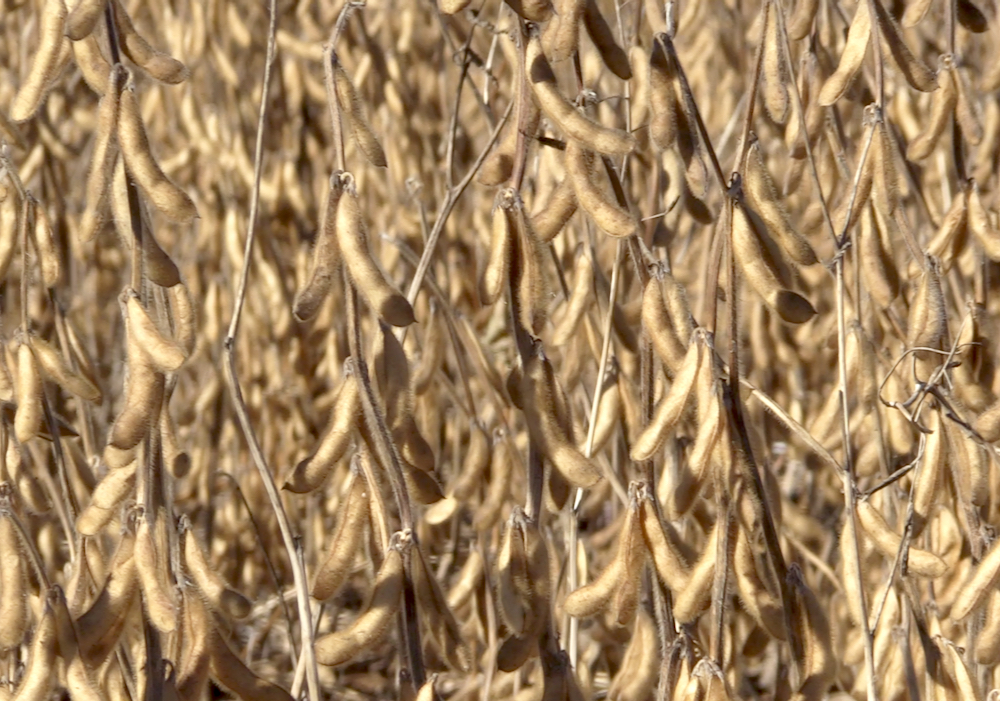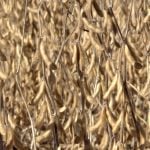Chicago Board of Trade (CBOT) corn and soybean futures jumped one per cent on Friday as persistent heavy rains delayed U.S. planting of both crops, threatening production prospects.
“Nobody wants to be short due to the planting issue. There is concern now that not everything will get planted,” said Roy Huckabay, analyst for Chicago-based trade house Linn Group.
The wheat market turned up on bargain buying and spillover support from the rally in corn and soybeans, bucking concerns that exports will be hurt by the discovery of unapproved genetically modified (GM) wheat in the U.S. Pacific Northwest.
Read Also

China imports no U.S. soybeans in September for first time in seven years
China imported no soybeans from the U.S. in September, the first time since November 2018 that shipments fell to zero, while South American shipments surged from a year earlier, as buyers shunned American cargoes during the ongoing trade dispute between the world’s two largest economies.
News of the GM wheat prompted Japan and South Korea to halt imports of U.S. wheat. “If China would do the same thing, that would put another wet blanket on U.S. exports,” said Art Liming, a market specialist for Citigroup.
CBOT soybeans for July delivery were up 14-1/4 cents at $15.10 per bushel, July delivery corn was up 7-3/4 cents at $6.62, and wheat for July was up 6-3/4 cents at $7.05-1/2 (all figures US$).
Corn ended the week one per cent higher, but down 3 per cent for the month. Soy ended the week 2.3 per cent higher and up 2.9 per cent for the month.
Wheat ended the week up 1.1 per cent and was down 2.3 per cent for the month.
Traders and investors said they preferred to be buyers rather than sell corn or soybean futures because of the uncertainty about whether U.S. farmers will be able to plant all of their intended acreage.
Rainfall continues to slow late-season sowings of both crops, threatening to reduce yields and acreage.
“It’s not the best of conditions. There will be more rain for the next two days, with the heaviest southeast of a line from Kansas City to Green Bay,” said John Dee, meteorologist for Global Weather Monitoring.
Iowa, the top U.S. corn and soybean producing state, has received the most spring rainfall since records began being kept 141 years ago, a climatologist said on Friday.
“From March through May, which is our spring record-keeping period, Iowa had received 17.48 inches of rain as of Thursday,” Iowa State climatologist Harry Hillaker said. “There may be another 0.15 inch added to that today.”
Hillaker said the old record of 15.36 inches was set in 1892. He said typical March-May rainfall in the state was 10.22 inches. “That would be normal and is based on rainfall received for the past 30 years,” he said.
Extremely wet weather in the U.S. Midwest has slowed seedings of corn and soybeans, pushing corn plantings up to the end-of-May deadline that farmers can plant without suffering cutbacks in crop insurance coverage.
“There is more rain than expected in the Midwest and no one wants to be short with this kind of weather and environment around,” Liming said.
GMO wheat crisis
U.S. officials attempted to damp down global fears after plants from a GM strain developed by biotech giant Monsanto were found in Oregon late last month.
But Japan, a major buyer of U.S. wheat, canceled a purchase, and other Asian buyers said they would monitor the situation.
South Korean millers said on Friday they would suspend imports of U.S. wheat until the results of tests on U.S. wheat shipments.
— Sam Nelson reports on the Chicago ag commodity markets for Reuters. Additional reporting for Reuters by Charles Abbott and Ros Krasny in Washington, Colin Packham in Sydney and Ivana Sekularac in Amsterdam.
Related story:
U.S. seeks source of errant GM wheat as importers flee, May 31, 2013















